How to Pump and Store Breast Milk
These are the do's and don't's of pumping breast milk and storing them
4 December 2021

When packed correctly and safely, fresh breast milk can even be stored for up to 6 months
Some mums look to using a breast pump for its flexibility and convenience for both the parent and the baby. Choosing to use a breast pump and store their breast milk is helpful for mums who are resuming work after maternity leave, or may need more milk during the baby's growth spurts. A pump enables new mothers to continue feeding their newborns without opting for powdered alternates.
Both electric and hand-operated pumps can also be easily found online, in pharmacies, hospitals, and at certain stores across the country. Some
Ahead, we've compiled the practical tips you need on choosing pumps, containers, how to store breast milk, unfreezing them, and more.
What you need to know about pumping breast milk
What to do before you start pumping
Keep your hands clean before expressing milk by washing them with warm water and soap.
When can you start pumping breast milk
For mums who plan on resuming work and other duties after maternity leave, it's recommended you start getting acquainted with pumping at least 2 weeks in advance. Doing so enables mums to learn how to pump and will also start to build your supply of breast milk at home.
You can try practicing with a pump after the baby feeds.
How long should you pump?
Pumping milk will usually take the same time as it would to breastfeed normally, but with enough practice, you might be able to spend only 10-15 minutes pumping.
When pumping at work, try to do it as often as your baby will usually feed in a day. Thus, on average, you may need to pump every 4 hours for 10-15 minutes each time.
How much milk will you get with each pumping session
When you first start pumping, especially for new mothers, you may not get a lot of milk. Over time with regular pumping, your breasts will start to produce more milk. Drinking more water as well as pumping after your baby feeds can also help increase your supply.
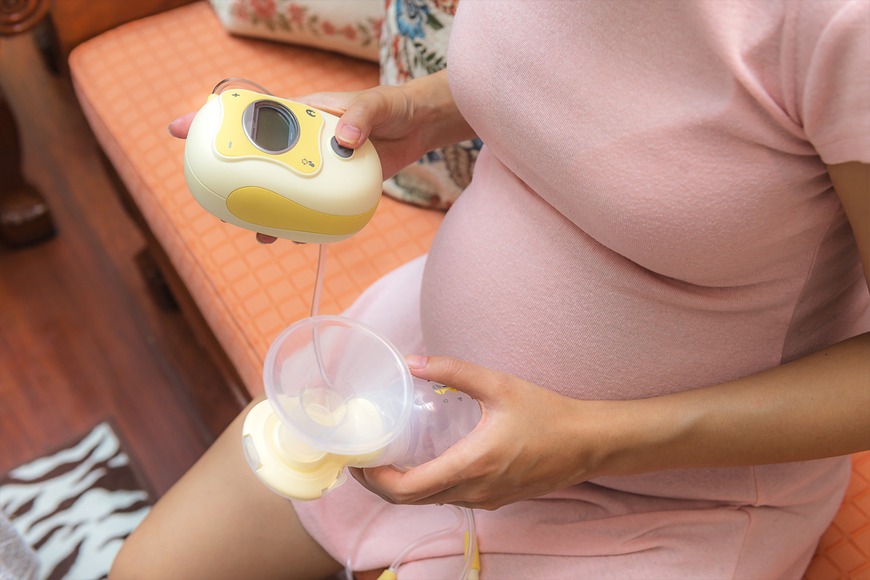
Is it normal for breast milk to have different colours?
While pumping, you may notice that the milk colour varies - coming out yellow-toned, brownish, or has a slight blue colour. This is normal because the breast milk will separate the fatty part of the liquid, bringing it to the top. It will also vary depending on your diet. A simple shake of the container or bottle should bring it back to its regular colour, however, if it stays the same then it's likely the breast milk has gone bad.
If you suspect so, smell or taste the milk for sourness as it's a sign that it's unfit for consumption and must be thrown away.
What types of breast pumps are available
You can opt for electric or manual breast pumps. The difference between them is their features, price, and how often the mum will find herself pumping.
Manual pumps are a lot cheaper and are ideal for mums who only need to breast pump occasionally. These are more lightweight and you can control the speed of the pump, but may feel tiring at times as you'll be working it using your hand.
Electric pumps are designed for mothers who need to pump regularly. If you leave nearly every day for work, you should buy an electric breast pump as it can also collect more milk than a manual pump in just several minutes. You won't need to do the work yourself as the device will collect it based on the speed of your choice. These come with a higher price tag, but well worth the cost if you'll be pumping daily.
Mini Medela Electric Breast Pump
Sunveno Manual Breast Pump
What you need to know about storing breast milk
How to safely handle breast milk
Before storing milk, clean your hands by washing them with warm water and soap.
How to store breast milk
It's highly recommended you store breast milk in a clean capped glass, hard plastic, any other sealable BPA-free container, or special plastic bags designed for storing breast milk. It's advised to put a date on each container so you will know how long it's been stored.
Avoid collecting breast milk in disposable bottles or plastic bags.
Farlin Breast Milk Storage Bag
How long can you store breast milk
After expressing milk, mums must immediately store them in a working refrigerator or cooler filled with ice. Milk that won't be used right away can be stored in the freezer.
To give you an idea of how long each one will last, the following is the life of stored breast milk:
- Stored at room temperature (less than 25°C | 77°F) - no more than 6 hours
- Stored in an insulated cooler with ice - no more than 24 hours
- Stored in a working refrigerator - between 3 - 7 days
- Stored in a freezer - no more than 6 months
- Stored in a deep freezer - no more than 12 months
How to use frozen breast milk
If you've frozen your breast milk, it must be thawed before feeding it to a baby.
They can be thawed by...
- Placing the milk container in warm water until it thaws.
- Put the milk container in the fridge a day before it will be used
Do not thaw using a microwave (doing so can damage the healthy proteins and nutrients) or with hot water (the milk could get hot too quickly and burn the baby's mouth).
It's important to note that thawed breast milk can be refrigerated for up to 24 hours, but it must not be refrozen again.










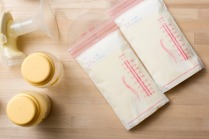














.png?itok=SvZPqMHH)




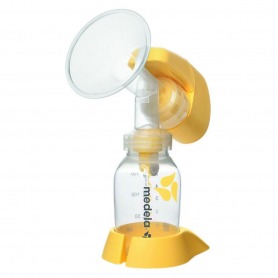
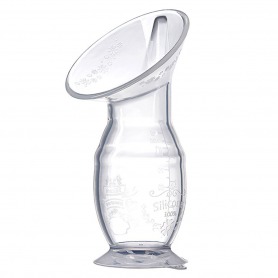
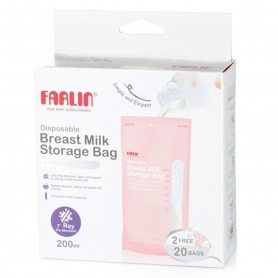

.png?itok=uB2ieOR7)












